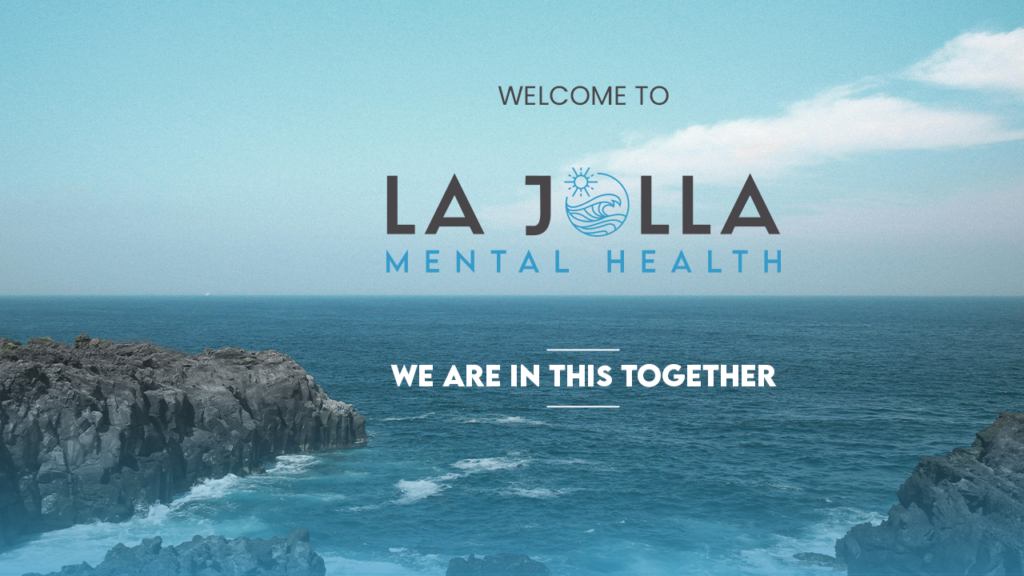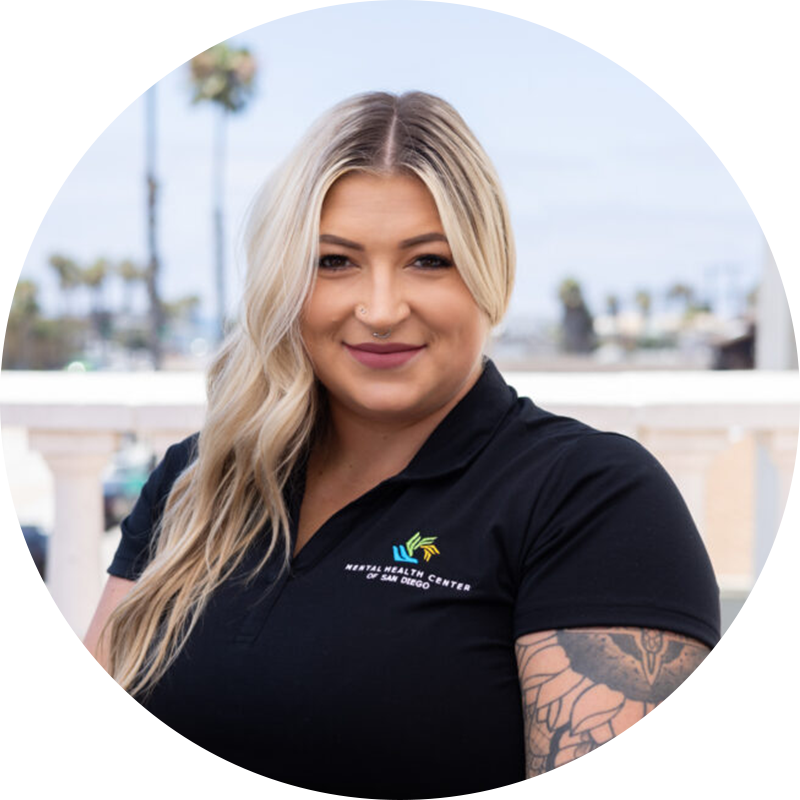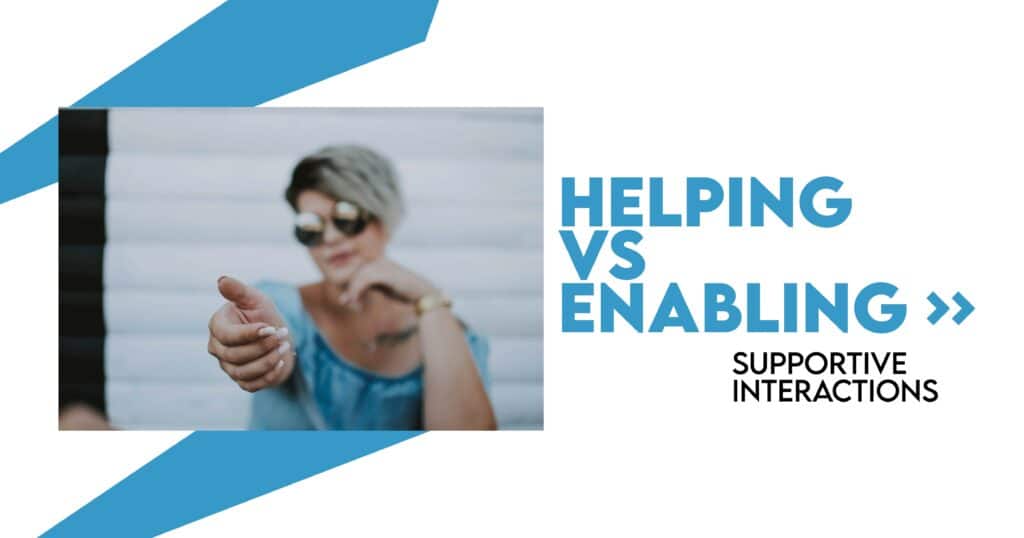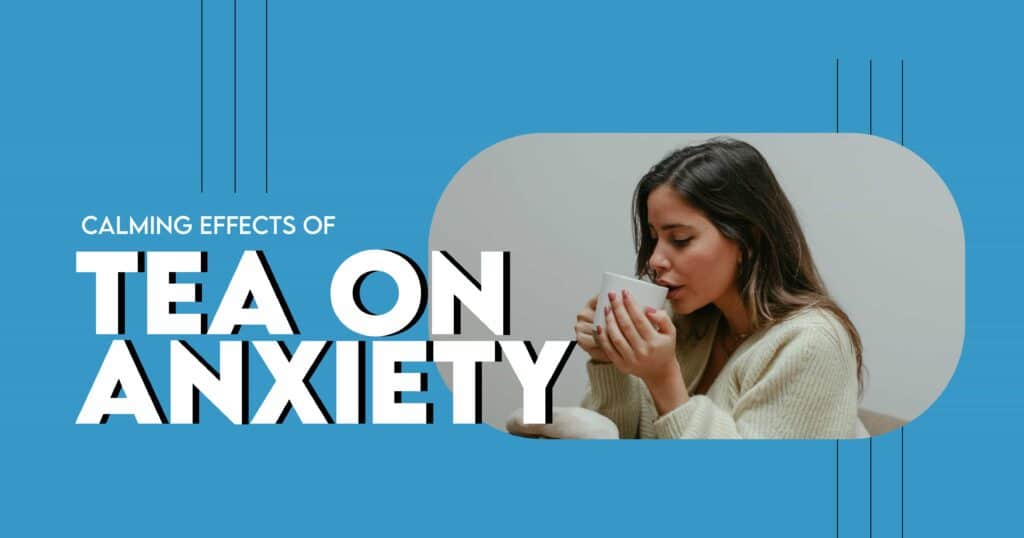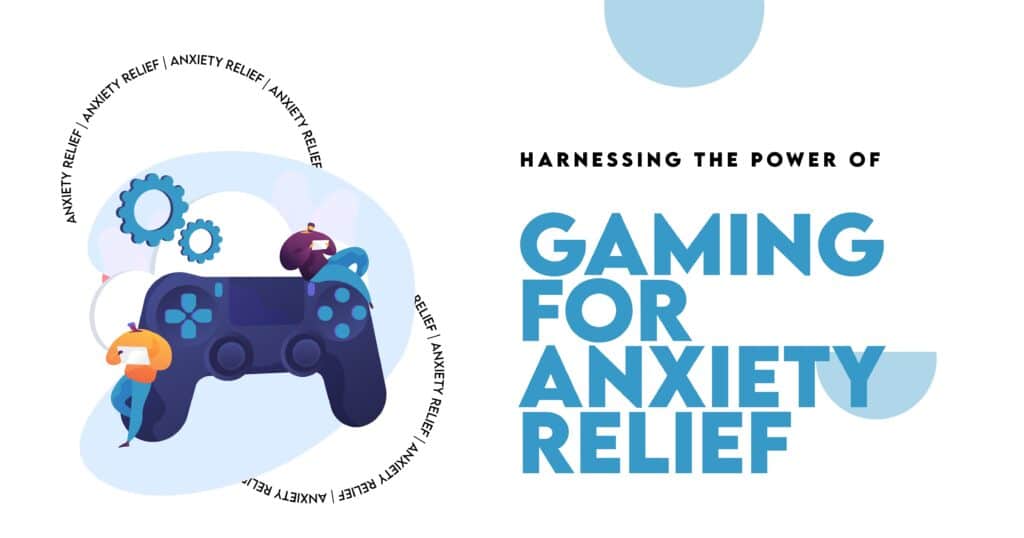When we care about someone – whether a friend, partner, or family member – it’s natural to want to step in and ease their struggles, but while support can empower growth, excessive or misplaced involvement may unintentionally foster dependency. This is the heart of the helping vs enabling dilemma. Understanding the difference between the two allows us to create relationships rooted in growth, responsibility, and resilience.
Defining Helping: Positive Support
At its core, helping means providing the type of support that strengthens another person’s ability to face challenges. True assistance doesn’t take over someone’s responsibilities but instead equips them with the resources, confidence, and tools they need to thrive independently.
Helping involves:
- Encouraging autonomy by guiding loved ones to make their own decisions.
- Offering resources – like suggesting therapy, workshops, or community programs – that empower rather than rescue.
- Reinforcing self-worth by validating their feelings and showing confidence in their ability to cope.
The distinction lies in intention and outcome. Genuine aid promotes growth, accountability, and self-reliance. It makes the individual feel stronger, not smaller.
Characteristics of Enabling Behavior
Enabling often disguises itself as care but produces the opposite effect. Instead of building resilience, it unintentionally maintains unhealthy patterns. Enabling occurs when actions meant to “help” actually shield someone from facing consequences or discourage them from learning how to navigate challenges on their own.
Here are some defining characteristics:
- Consistently excusing harmful behavior to avoid conflict.
- Taking on responsibilities that belong to the other person (paying their bills, covering mistakes).
- Minimizing issues by pretending everything is fine when it isn’t.
- Prioritizing comfort over accountability, leading to short-term relief but long-term damage.
While enabling often stems from love and a desire to protect, it undermines independence. Instead of guiding or encouraging personal growth, it creates cycles of dependency.
The Impact of Helping on Relationships
Healthy helping strengthens bonds because it communicates trust and belief in another person’s capabilities. When we assist loved ones without taking over, it conveys a message: “I believe you can do this, and I am here to support you.” This trust nurtures respect, openness, and confidence within the relationship.
For example, imagine a partner struggling with stress at work. A supportive response might include listening empathetically, suggesting stress-management techniques, or recommending professional resources. These actions provide relief without solving the problem for them. Over time, this kind of nurturing interaction builds resilience and creates a foundation for mutual respect.
In contrast to enabling, true helping doesn’t weaken the relational dynamic – it makes it stronger, healthier, and more sustainable.

Consequences of Enabling in Family Dynamics
Enabling within families can be particularly damaging because patterns repeat over time and ripple across relationships. Family members may unintentionally normalize unhealthy behaviors, creating cycles that are difficult to break.
| Aspect | Helping (Positive Support) | Enabling (Harmful Patterns) |
| Responsibility | Encourages personal accountability | Removes accountability, fosters dependency |
| Emotional Growth | Strengthens confidence and resilience | Stunts growth, reinforces avoidance |
| Family Relationships | Builds trust and respect | Breeds frustration, resentment, or burnout |
| Long-Term Outcomes | Promotes independence and empowerment | Creates cycles of reliance and helplessness |
Research from the National Institute on Drug Abuse highlights that enabling behaviors often delay recovery in families dealing with substance use disorders, as loved ones shield individuals from consequences that might otherwise encourage treatment. This shows why shifting from enabling to healthy support is essential for fostering long-term stability.
Identifying Signs of Enabling Behavior
Recognizing enabling can be challenging because it often feels like kindness. However, certain behaviors can serve as warning signs:
- Frequently solving problems for someone who is capable of addressing them.
- Avoiding difficult conversations to maintain peace.
- Ignoring or covering up harmful behaviors (e.g., substance misuse, irresponsibility).
- Sacrificing your own emotional or physical well-being to keep another comfortable.
If these behaviors sound familiar, it may be time to reassess whether your actions are truly helping or unintentionally enabling. Identifying these signs is the first step toward healthier boundaries.
How to Transition From Enabling to Helping?
Making the shift from enabling to healthy support requires intentional changes. The goal is not to withdraw care but to guide loved ones toward independence while maintaining empathy.
Steps to consider include:
- Set Clear Boundaries. Clarify what you can and cannot do without guilt.
- Encourage Responsibility. Allow loved ones to face the natural consequences of their actions.
- Offer Resources, Not Solutions. Suggest counseling, skills workshops, or support groups instead of solving problems for them.
- Communicate Openly. Express love while explaining that accountability is part of true nurturing.
Transitioning is not about withholding care – it’s about shifting from dependency-driven interactions to ones that facilitate growth and resilience. PositivePsychology provides science-based insights, examples, and downloadable boundary-building exercises you can integrate with the “Set Clear Boundaries” strategy.
Foster Healthy Supportive Relationships at La Jolla Mental Health
At La Jolla Mental Health, we understand that navigating the helping vs enabling balance can be overwhelming, especially in families dealing with mental health challenges. Our programs are designed to help individuals and families learn how to encourage, empower, and truly nurture one another in ways that support long-term healing.
Our therapists provide guidance in setting healthy boundaries, developing effective communication skills, and fostering connections built on respect and trust. Whether you’re struggling to identify enabling behaviors or striving to create more supportive dynamics, our team is here to walk with you every step of the way.
If you’re ready to shift your relationships toward healthier support, contact La Jolla Mental Health today to start fostering resilience and independence in yourself and your loved ones.
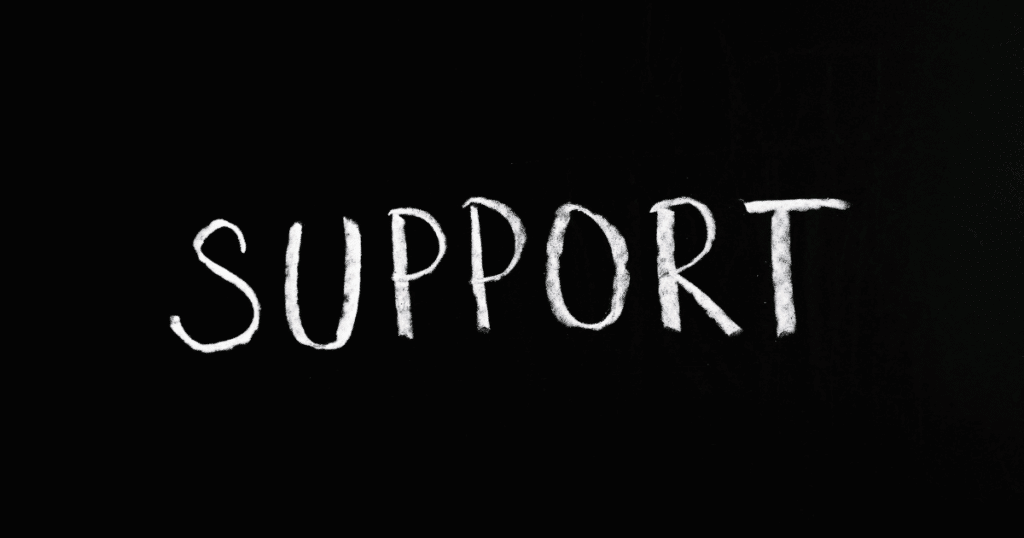
FAQs
How can I assist my loved ones in a way that empowers them without falling into enabling behavior?
By offering resources and encouragement rather than taking over their responsibilities. Empowering means walking alongside them, not carrying them. This approach helps them build resilience and confidence to manage future challenges independently.
What are the key signs that indicate I might be enabling rather than supporting positive growth?
Signs include consistently solving their problems, covering up harmful behaviors, or neglecting your own needs to keep them comfortable. If you find yourself more exhausted than the person you’re helping, it may be a red flag that you’re enabling.
In what ways can I guide family members to encourage their independence and reduce dependency?
You can set healthy boundaries, allow natural consequences, and suggest professional support while maintaining open, caring communication. This balance ensures they feel supported but also responsible for their own growth.
How does nurturing a supportive relationship differ from enabling, and what impact does each have on personal dynamics?
Supportive relationships build confidence, independence, and trust, while enabling prevents growth and fosters dependency. Over time, helping creates stronger bonds, while enabling often leads to frustration or resentment.
What steps can I take to transition from enabling behavior to one that facilitates healthy support and aids in personal development?
Start by setting boundaries, encouraging accountability, and focusing on empowering rather than rescuing your loved one. Remember, small consistent changes in your approach can gradually shift the dynamic in a healthier direction.
